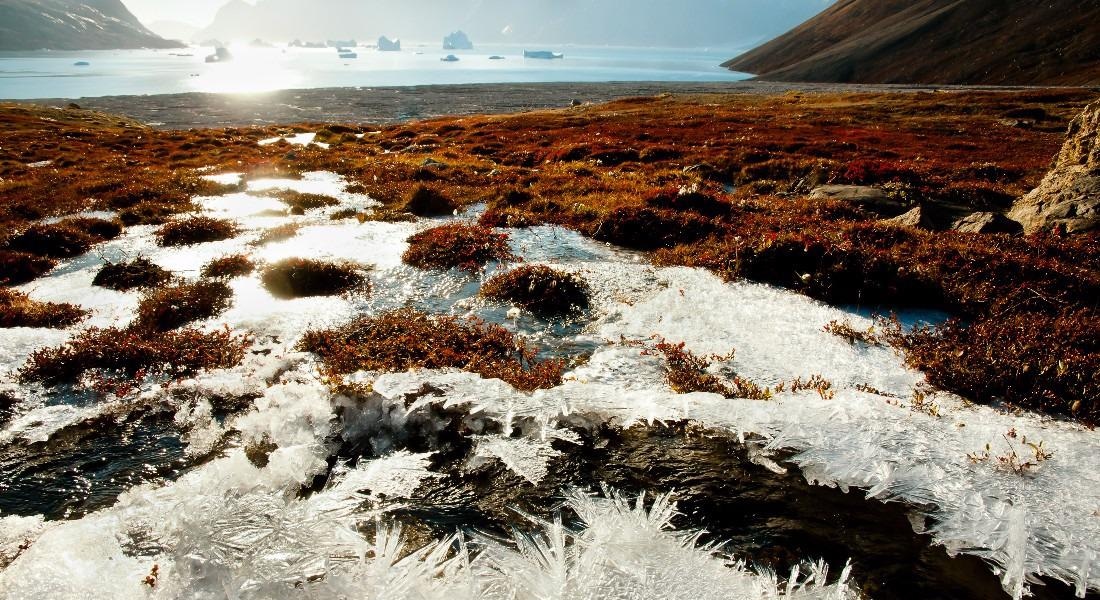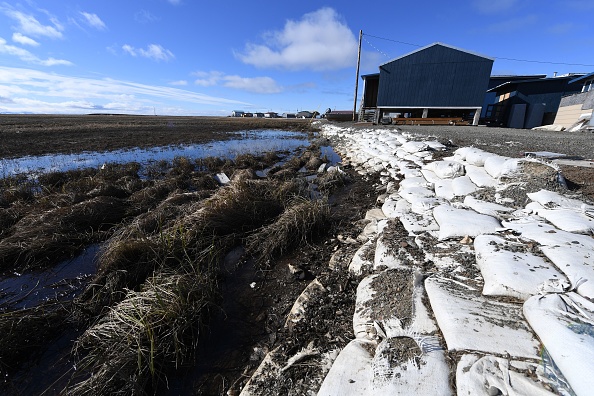
According to scientists, a lung cancer-causing gas may release into surrounding regions due to the thawing of the Arctic permafrost. Read to know all about what the research reveals.
What is the connection between thawing Arctic permafrost and lung cancer?

According to a group of researchers from the University of Leeds, warming temperatures are leading to higher levels of radon. Radon is a rare radioactive gas that upon exposure leads to the thawing of Arctic permafrost. Permafrost is the land that stays frozen for at least two consecutive years. It is also the reason why carcinogens are not traveling to the Earth’s surface and entering buildings.
The study also found that thawing of the layer does not impact houses that are on traditional piles. However, houses with basements showed 100 times more radon exposure than initial values. The values are based on data from model houses for seven years. The study is published in the Journal of Advancing Earth and Space Science.
Radon and deteriorating human health

Climate change and warming temperatures are making the protective barrier invalid. According to the researchers, the flow of radon is the reason behind one in every 10 lung cancer deaths. They modeled the flow of the carcinogenic gas in houses, permafrost, and soil. “Radon is known to be the second most important cause of lung cancer after smoking. Smoking also exacerbates radon-acquired lung cancer rates by about 26 times, and smoking is up to 4.4 times more prevalent in Arctic communities,” stated Professor Paul Glover. Prof. Grover teachers at the University of Leeds’ School of Earth and Environment.
“Consequently, an unexpected plume of radon could represent a dangerous health hazard if it is not planned for,” he added. Additionally, the lead author added that ventilation can solve the issue. Several studies have previously warned of the dangers of thawing permafrost as the temperature keeps rising.






